Drone photography has revolutionized the way photographers capture aerial perspectives, offering unique angles and breathtaking views previously inaccessible to the average photographer. This article explores the history, technology, legal considerations, artistic possibilities, practical applications, and future trends of drone photography in the United States.
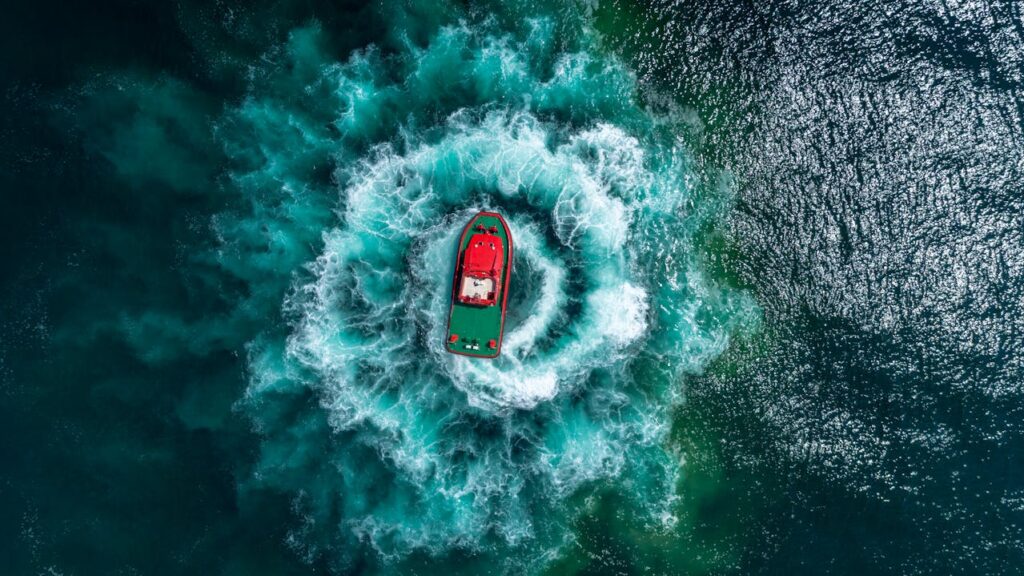
History and Evolution
Drone photography emerged alongside advancements in unmanned aerial vehicles (UAVs) and consumer drones equipped with high-resolution cameras. Initially used primarily for military and surveillance purposes, drones equipped with cameras became more accessible to civilians in the early 21st century. The ability to capture aerial views without the need for helicopters or planes democratized aerial photography, opening up new creative possibilities for photographers in the United States and worldwide.
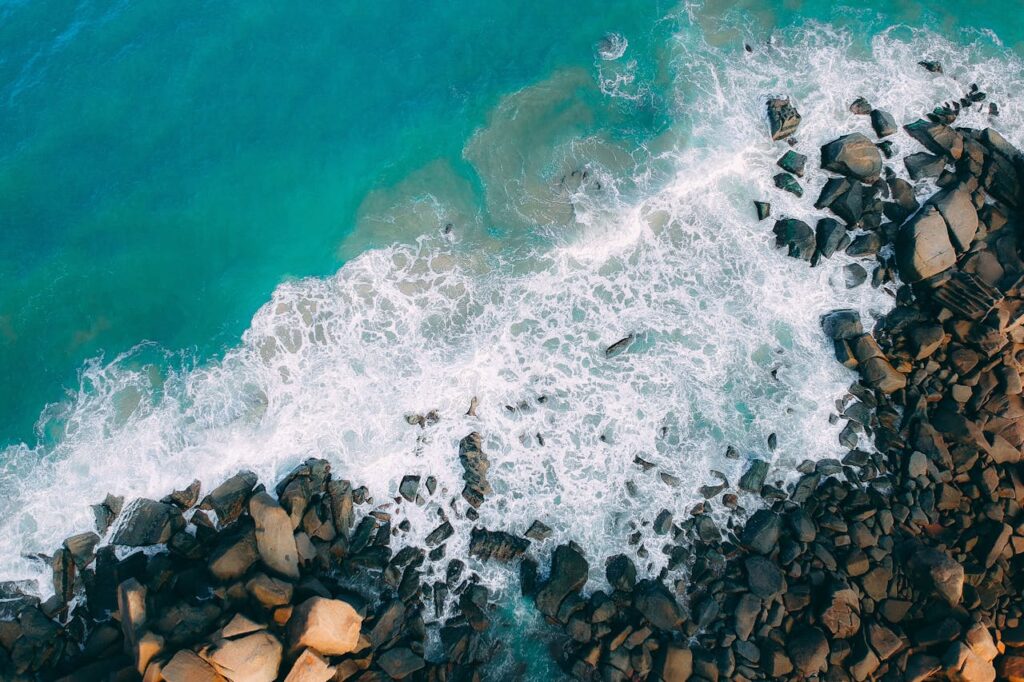
Technology Behind Drone Photography
Camera Systems: Modern drones are equipped with high-resolution cameras capable of capturing still images and video footage in various formats, including RAW and high-definition (HD). Some drones feature gimbals for stabilized camera movements, ensuring smooth footage and sharp images.
Flight Control Systems: Drones are controlled remotely via radio frequency (RF) or Wi-Fi signals, often using a handheld controller or smartphone app. GPS and other navigation systems help maintain stable flight paths and enable autonomous features like waypoint navigation and return-to-home functions.
Safety and Regulations: The Federal Aviation Administration (FAA) regulates drone operations in the United States, requiring registration for drones weighing over a certain limit and adherence to airspace rules, including restrictions around airports, public events, and national parks. Pilots must also comply with local ordinances and privacy laws when flying drones for photography.
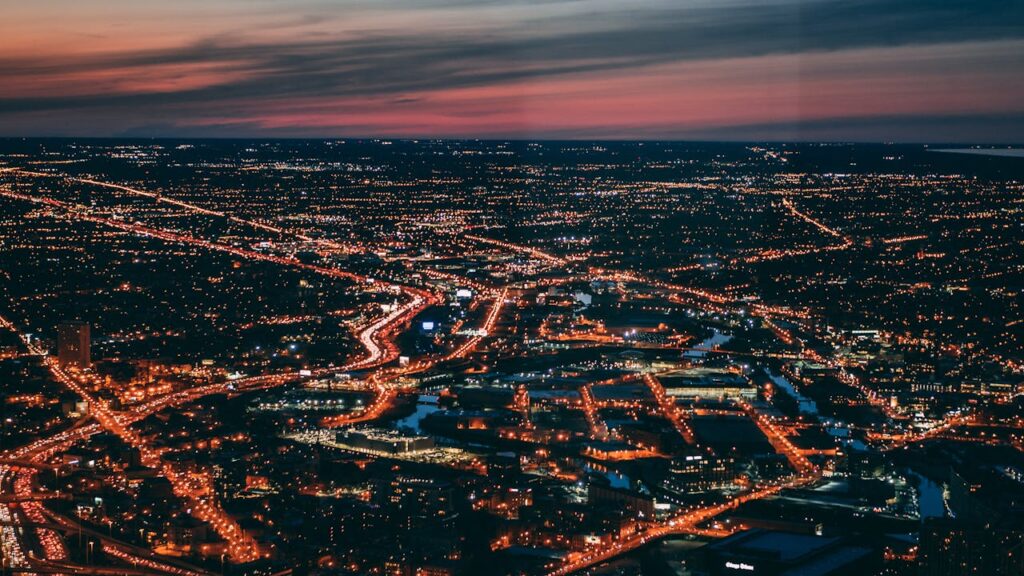
Artistic Possibilities and Techniques
Aerial Perspectives: Drone photography offers photographers the ability to capture unique aerial perspectives of landscapes, cityscapes, architecture, and natural environments. Elevated viewpoints reveal patterns, textures, and details not visible from ground level, creating compelling visual narratives.
Composition and Framing: Principles of composition such as leading lines, symmetry, and perspective play a crucial role in drone photography. Pilots can adjust altitude, angle, and position to frame subjects creatively and enhance visual impact.
Time-Lapse and Panoramas: Drones equipped with advanced camera settings allow for capturing time-lapse sequences and panoramic images, expanding creative possibilities and showcasing dynamic changes in landscapes and cityscapes over time.
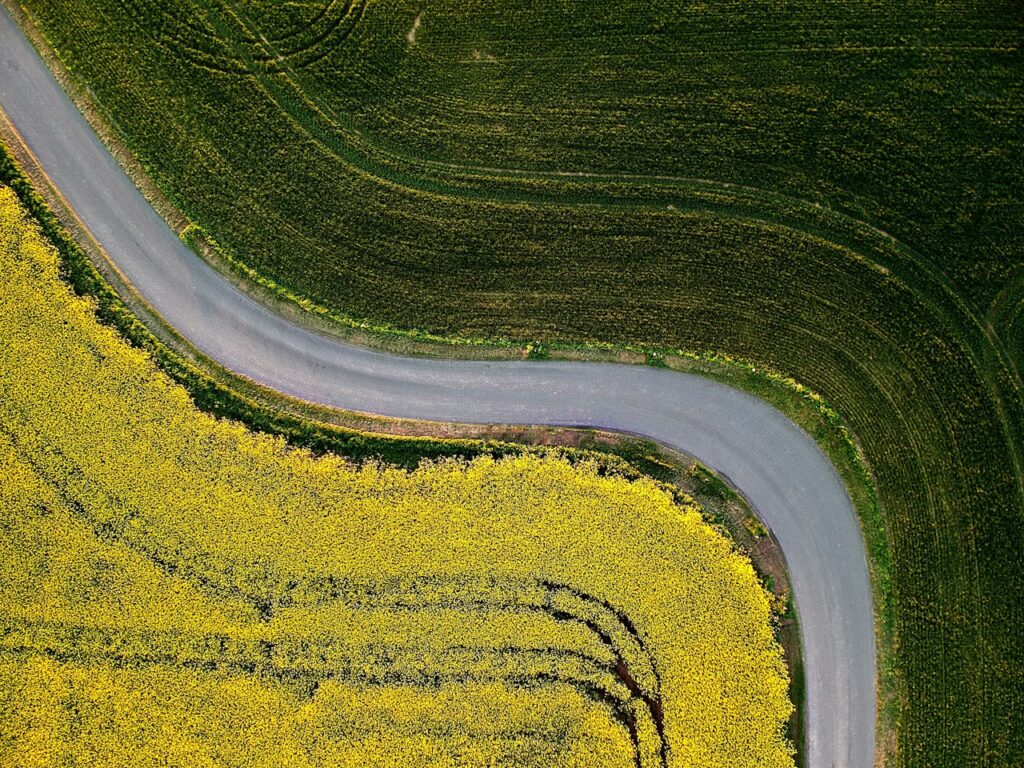
Practical Applications
Real Estate and Property Marketing: Drone photography is widely used in real estate to showcase properties from aerial perspectives, highlighting features like proximity to amenities, architectural design, and surrounding landscapes.
Tourism and Destination Marketing: Tourism boards and travel agencies use drone photography to promote destinations, attractions, and outdoor activities, enticing travelers with aerial views of scenic landscapes and cultural landmarks.
Environmental Monitoring and Conservation: Researchers and conservationists utilize drones for environmental monitoring, wildlife surveys, and mapping habitats, providing valuable data for conservation efforts and scientific research in the United States.

Future Trends and Innovations
Advancements in Drone Technology: Ongoing advancements in drone technology include improved camera sensors, longer flight times, obstacle avoidance systems, and AI-powered features for autonomous flight and intelligent image recognition.
Integration with Virtual Reality (VR) and Augmented Reality (AR): Drone-captured imagery is increasingly integrated into VR and AR applications, offering immersive experiences and interactive storytelling for audiences interested in exploring aerial perspectives remotely.
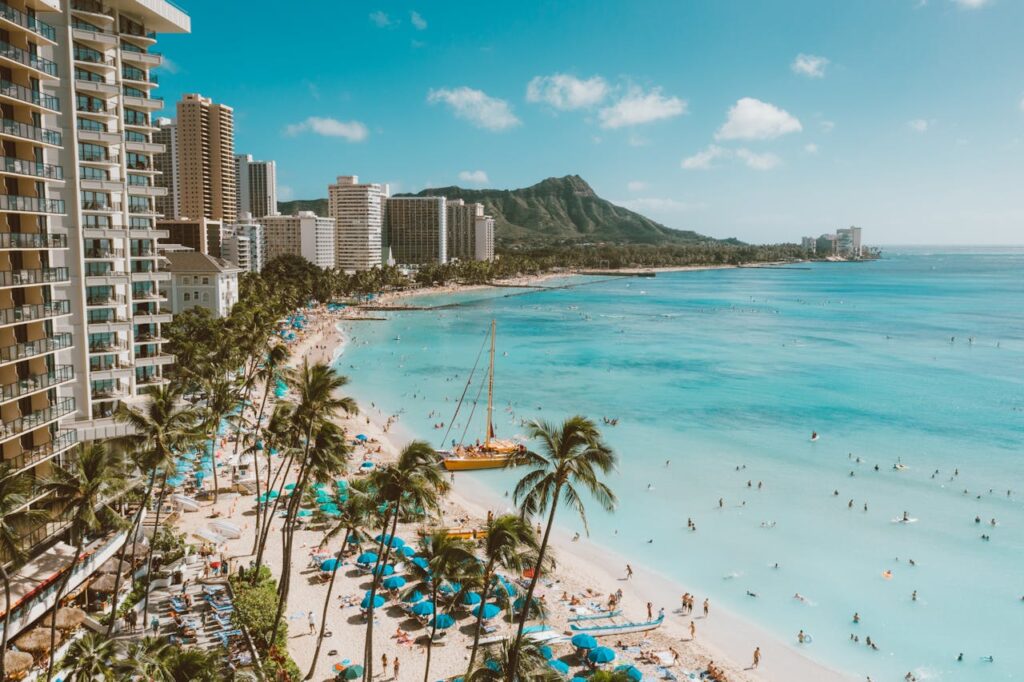
Conclusion
In conclusion, drone photography represents a transformative tool for photographers in the United States to capture stunning aerial views, document environmental changes, and create compelling visual narratives. As technology continues to evolve and regulations adapt to ensure safe and responsible drone use, the creative possibilities and practical applications of drone photography are poised to expand, shaping how we perceive and interact with the world from above.
By exploring its history, technological foundations, legal considerations, artistic applications, practical uses, and future trends, it becomes clear that drone photography not only enhances visual storytelling but also contributes to scientific research, environmental conservation, and innovative approaches to exploring our planet’s landscapes and urban environments.